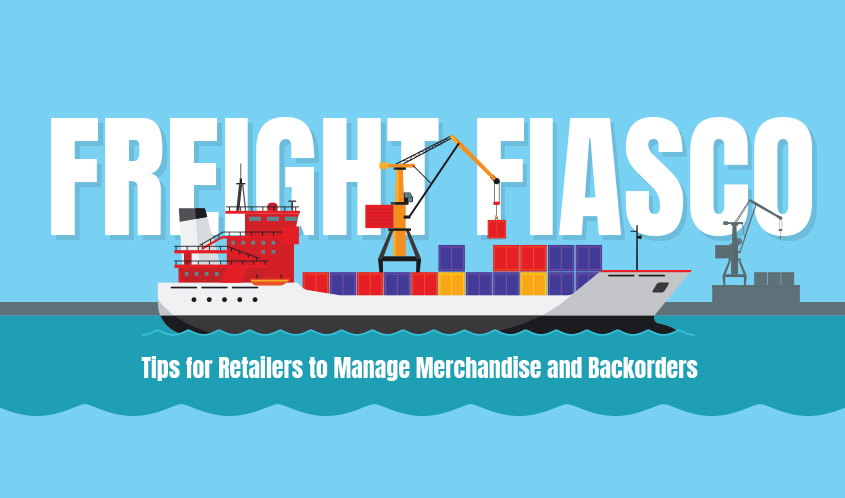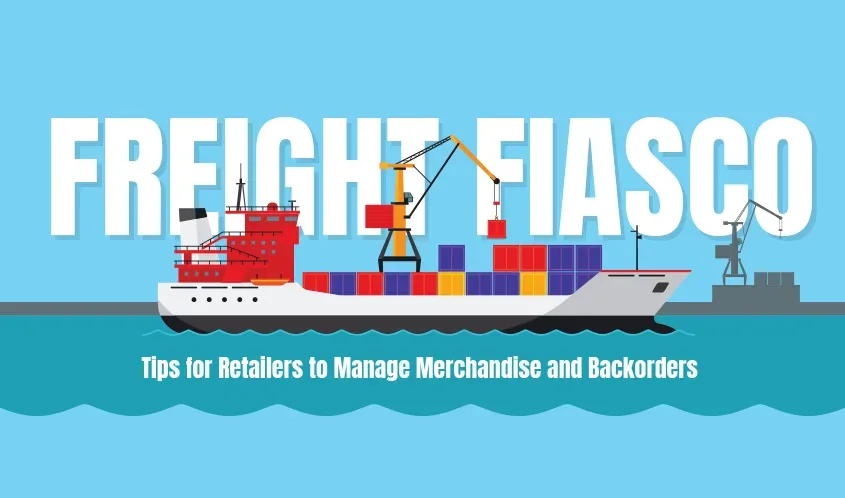
by Erin Gagne, logistics coordinator, Grand Prix International (GPI) Inc.
2020 turned everyone’s plans upside-down. Entire countries went into quarantine, businesses closed, jobs were lost, and Zoom became a household name. There isn’t much good to say about 2020, but for the toy and game industry, it wasn’t all bad. The business of play prospered as families sought ways to entertain themselves and forget their worries. So, if the industry has done so well, why are the products you want consistently on backorder? The answer is tied to unique challenges faced by the freight industry.
How Did THIS Happen?
Last year, as the COVID-19 pandemic spread across the world, online ordering quickly increased. Overseas factories raced to get products complete and into the hands of U.S. consumers. By mid-2020, imports were arriving for domestic distribution. Ports on both coasts quickly found themselves dealing with holiday-level volumes. In a normal year, an import surge could have been handled, but due to the pandemic, most ports were operating at reduced capacities with new social distancing rules, sanitizing standards, and travel restrictions in place.
Vessels continued to pour into the ports, and there was not enough time or manpower to match the volume. Soon, containers were piling up in freight stations and warehouses, awaiting space on trucks and trains that were also being overwhelmed by unusually massive volumes of freight. This was happening well ahead of the usual August start for the peak shipping season.
Managing Backorders at Retail
We are four months into 2021 and U.S. ports continue to be bogged down with record import volumes. Retailers are consistently seeing products on backorder instead of on store shelves, resulting in poor presentation and consumer disappointment. To manage backorders effectively, clear communication is key. Retailers should speak with their wholesalers and sales representatives to identify when the best estimate is for backordered products to ship; which similar, in-stock replacement products may be available to stock shelves; and if preordering additional units is an option to get into the fulfillment queue for products that may be out of stock again in the future.
There isn’t a precise date yet on when the port issues and backorders will end. Some experts say that by late spring we’ll start seeing a more normalized freight chain, while others believe it will level out later this year, closer to the August peak season. Either way, there are two major factors that will directly affect the clearing of ports and the movement of freight across the U.S.: vaccine rollout and a reduced volume of containers.
Longshoremen are in short supply due to the pandemic. According to a February report from the International Longshoremen and Warehouse Union, 1,208 longshoremen in California had tested positive for COVID-19 in the past year, and 13 had died. In an effort to speed up the vaccination process, the California Department of Public Health reclassified longshoremen and added them to the list of eligible recipients. Though the vaccine supply and rollout continues to be erratic, increased vaccinations are a major step toward increasing staffing levels at U.S ports.
A window of lower import volume should surface in the weeks ahead tied to the customary shutdown of production and shipping tied to the Chinese New Year celebrations in February. The ripple effect of time on the water should provide a chance for U.S. ports to catch up as even a slight reduction in incoming vessels can help to get shipments back on track.
A Light At The End of the Tunnel
The past year has been rough for every industry, however, the stories of resilience are abundant. People everywhere are eager to get out of the house and return to some of their past activities, which undoubtedly includes in-person shopping. One great positive about the toy and game industry is that we’re ready to welcome families back into stores with a fresh lineup of products.
Despite the pandemic, supply chain issues, and the slew of canceled trade shows, our industry continues to thrive and produce great new products. This trend will continue throughout the year and, eventually, the ports will clear and retailers will see a return to fully stocked shelves again.
This article was originally published in the May 2021 edition of the Toy Book. Click here to read the full issue!


